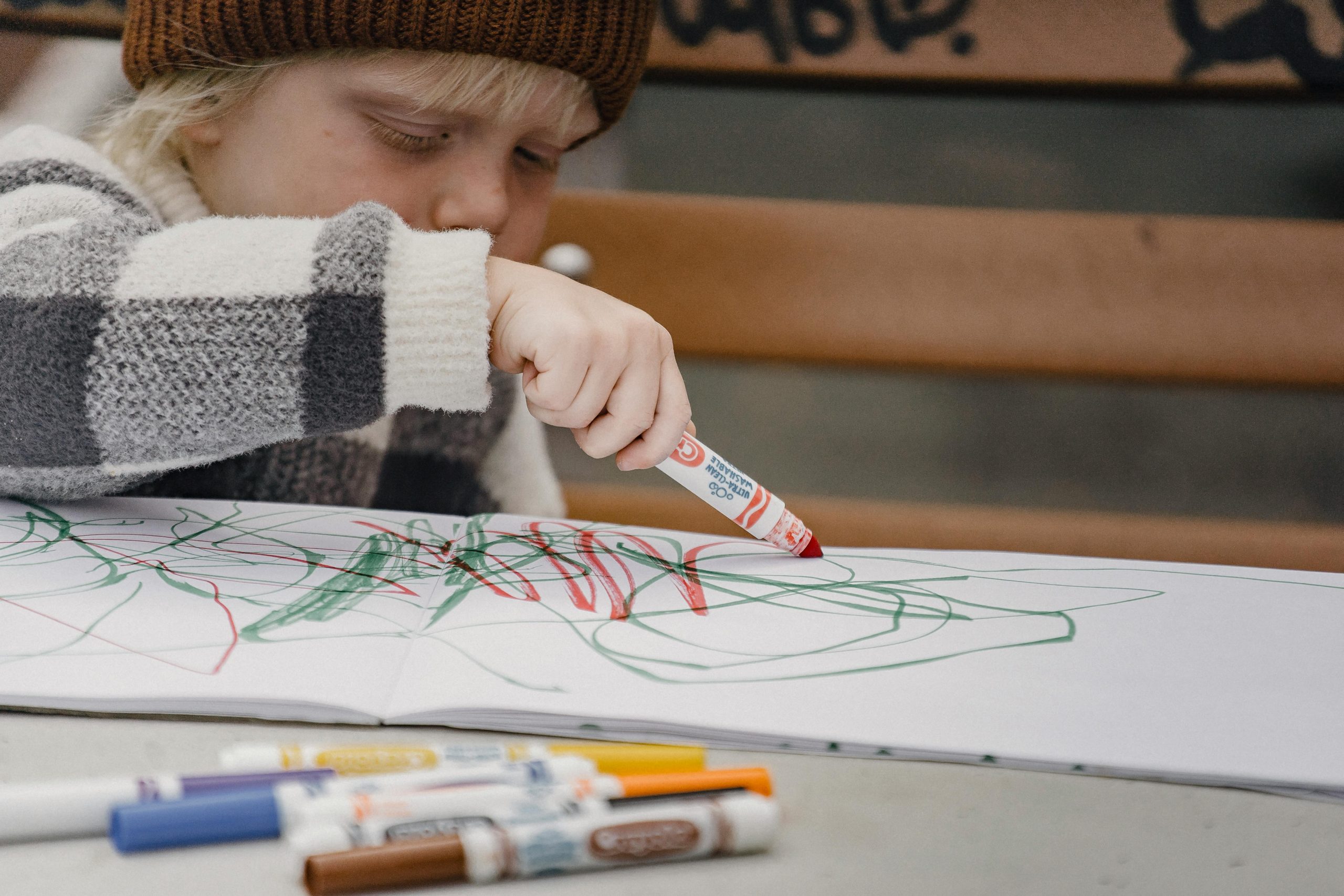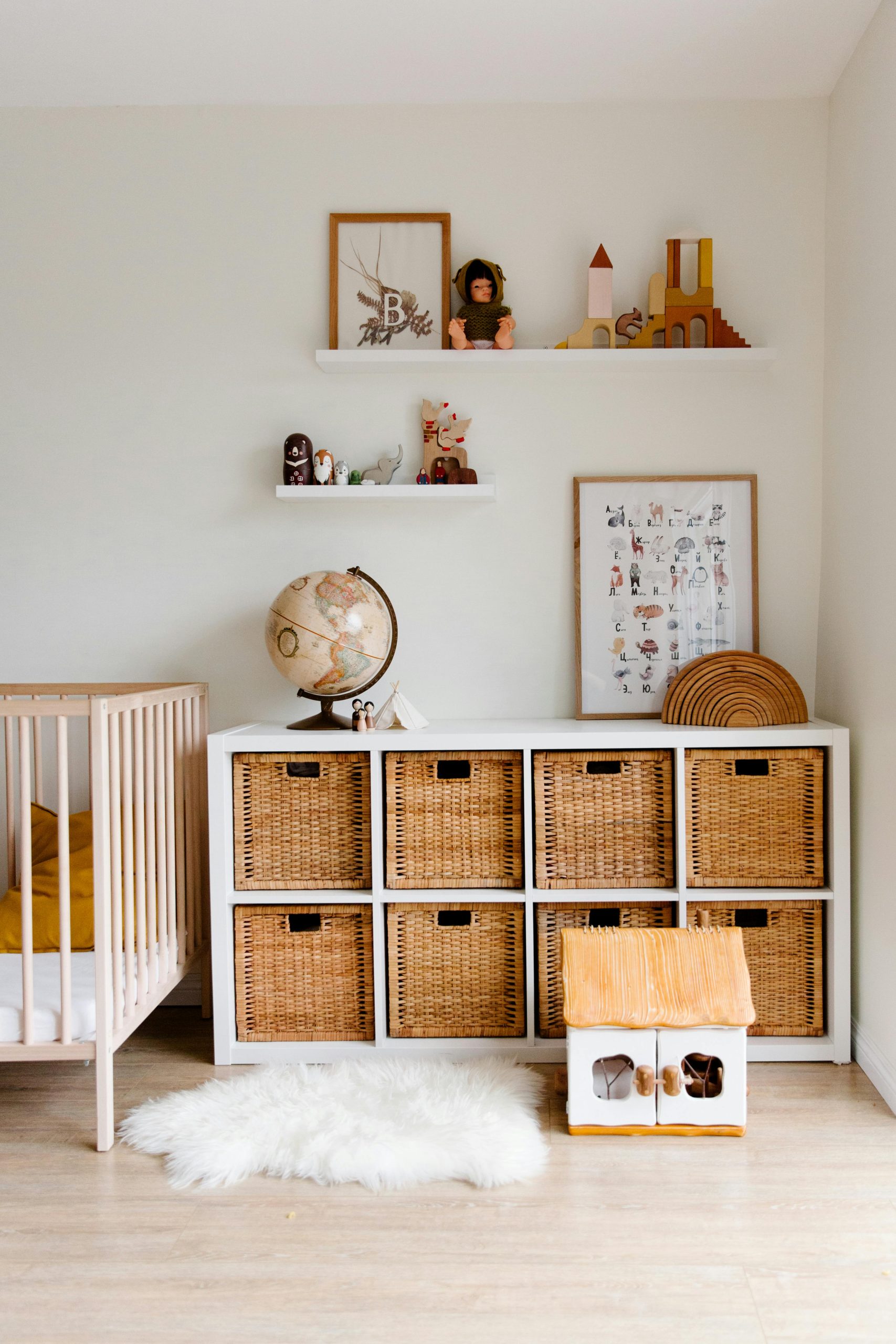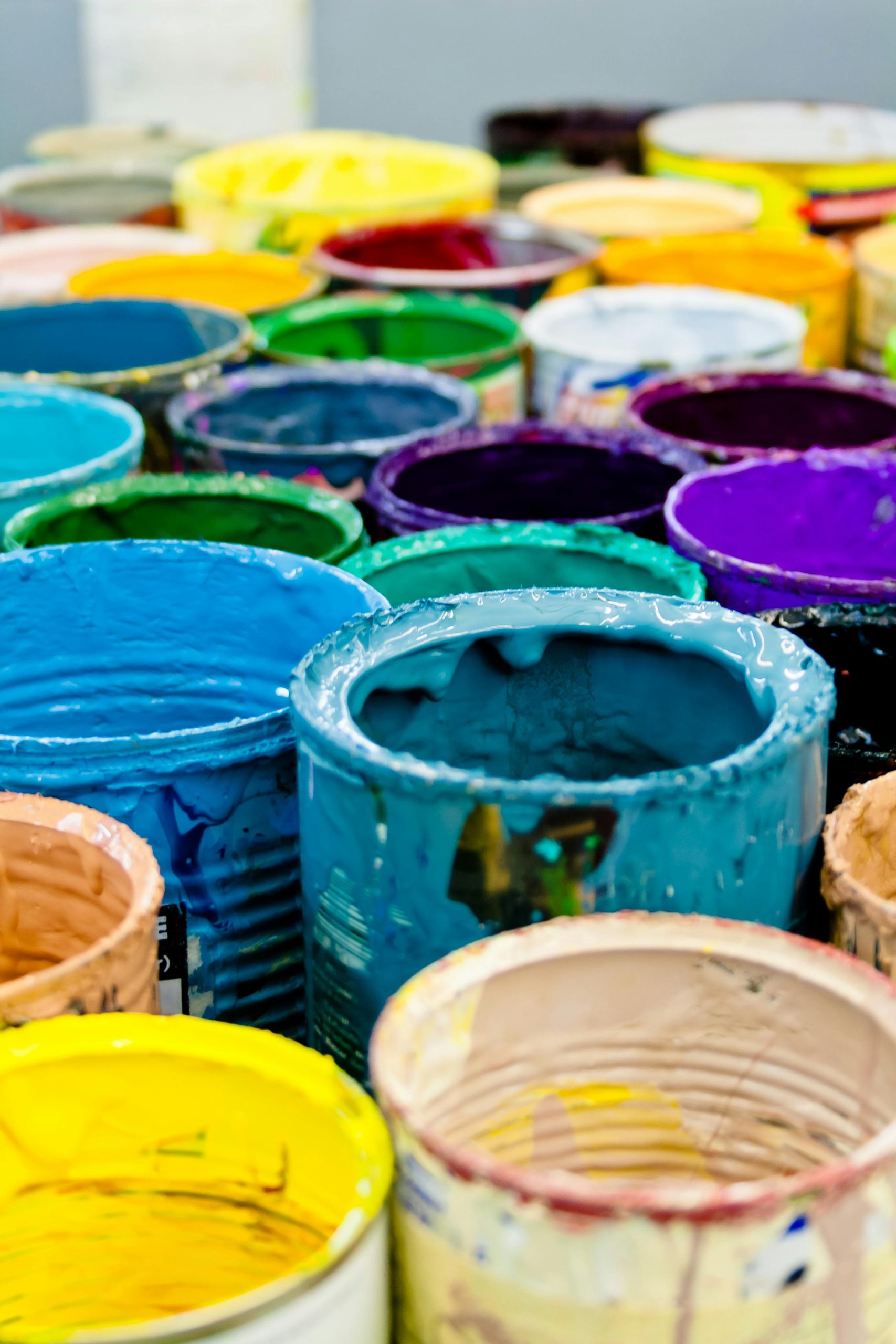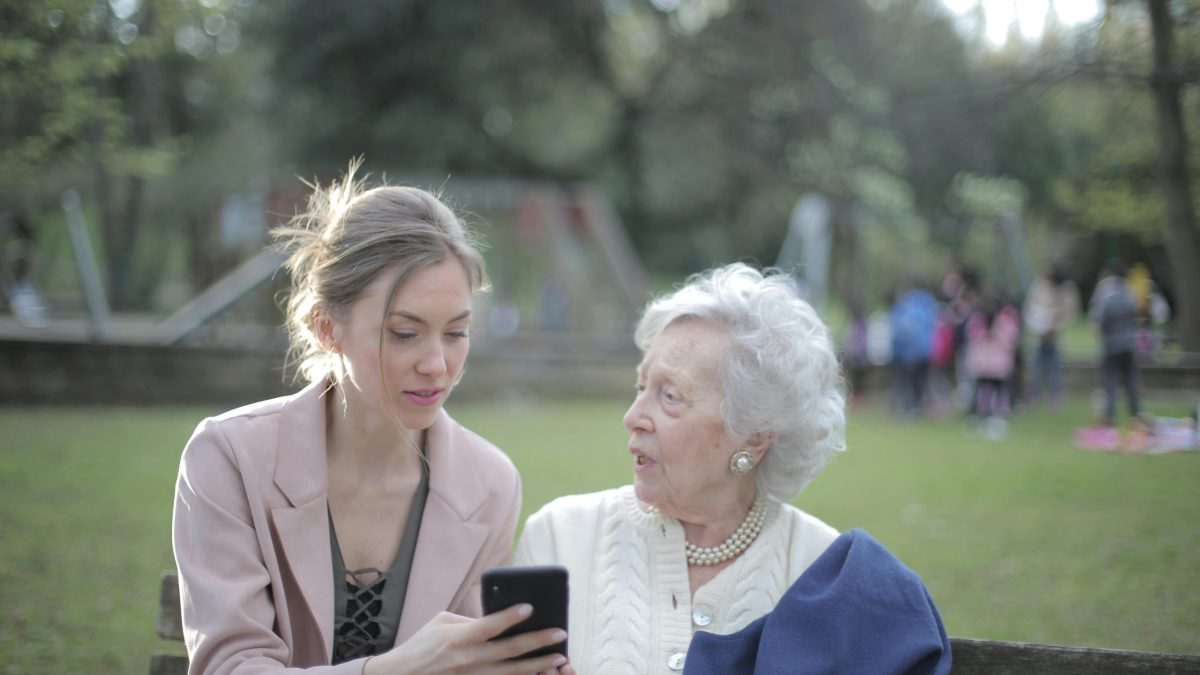An Overview of Developing Children’s Creative Talent

Encouraging your youngster to pursue their artistic aspirations is an exciting journey with vivid colors and creative vistas. It all comes down to stoking the creative spark when you see it. In addition to helping to recognize this talent, parents are essential in giving the soil for it to take root and grow. The purpose of this post is to walk you through the fundamentals of encouraging your child’s artistic abilities. Beginning with realizing the value of your assistance and ending with helpful advice on growth and encouragement, readers will set out on a journey to realize their child’s potential. You may anticipate learning how to be the wind beneath their wings, enabling them to reach new heights in invention and creative expression.
Identifying the Creative Potential in Your Child

Children Showing Indications of Creative Ability
- Do they have an intensity that seems to be beyond their years when they spend hours painting, drawing, or crafting?
- Maybe they have an amazing sense of color, pattern, or detail, yet they’re frequently engrossed in their own imaginative universe.
- Their work may exhibit a distinct viewpoint or a deep emotional range, demonstrating not only talent but also a meaningful worldview.
The Distinction Between Talent and Interest Although they are related, interest and talent are not the same. While many kids appreciate art, gifted kids have an unwavering desire to create and get better. They might actively seek out difficulties, trying with novel methods or supplies, demonstrating a sustained, intense interest rather than merely a passing fancy.
Promoting the Study of Diverse Art Forms
To properly develop this skill, promote experimentation with a variety of artistic mediums. Every media, from digital art to sculpture and painting, can help artists reach new creative heights. Not only is this exploration important for developing skills, but it also helps identify their genuine passion and area of expertise. It’s about giving people chances, resources, and—above all—your steadfast support. Honor their accomplishments, mentor them through difficulties, and observe as they develop a distinctive artistic voice.
You’re doing more for your child than merely encouraging their present hobbies when you identify and nurture their artistic potential. You’re paving the way for a time when their creativity will have no boundaries, when they may boldly express who they are and maybe even inspire others. It’s a worthwhile trip, full of learning, development, and the delight of witnessing your child’s creativity blossom.
Establishing a Setting That Encourages Creativity

Creating a Home Studio Dedicated to Creativity
A haven is necessary for every artist. A designated creative area within the house serves as a safe refuge where one’s imagination can run wild. This doesn’t need a fancy setup; all you need is a desk, comfy chairs, and sufficient lighting in a quiet place. It’s about claiming an area that is exclusively theirs, where concepts can develop undisturbed.
Making Certain That Tools and Materials Are Available
It is essential that they have the appropriate instruments available. Keeping a wide range of supplies on hand, such as paints, brushes, clay, and digital tablets, is necessary to enable them to experiment with various media. Having a range that promotes exploration and learning is more important than owning the priciest equipment.
The Value of an Inspirational and Clutter-Free Environment
- Having a clutter-free atmosphere is essential for encouraging creativity and focus.
- Utilize storage options to organise the area and maintain resources easily accessible.
- Adorn with motivational slogans, posters, or artwork that speaks to their passions and goals.
Recall that the objective is to create an environment that is both practical and motivating. It ought to be a space where your child is encouraged to explore their artistic abilities and feels free to express themselves. You’re fostering an environment that encourages creativity, giving them a designated area, and the resources they need to let their imagination run wild. With this encouraging environment, they may concentrate on honing their abilities, trying out novel methods, and, above all, appreciating the creative process.
Establishing this kind of atmosphere at home gives your child a strong message that you appreciate and cherish their artistic endeavors. It’s a practical method to express your encouragement and inspire them to confidently follow their passion. This creative environment can change to meet their requirements as they develop and their talents do, therefore continuing to be a constant source of inspiration and support for them as they pursue their artistic goals.
Promoting Exercise and Patience

Determining Reasonable Expectations and Goals
It’s critical to establish attainable objectives that complement your child’s skills and interests. This strategy encourages perseverance and builds a sense of achievement. To make the creative process less intimidating and more pleasurable, encourage them to divide major undertakings into smaller, more achievable activities.
The Value of Consistent Practice and Commitment
It takes consistency to develop artistic abilities. Frequent practice fosters inventiveness and embeds techniques, turning obstacles into learning opportunities. The quality of concentrated effort is more important than the amount of time invested. Honor the commitment required to pick up the paintbrush or clay day after day.
Using Creative Failures and Challenges to Teach Resilience
Trials and blunders are a part of the artistic path. Every error serves as a hidden lesson, providing priceless perceptions into the creative and problem-solving processes. Urge your youngster to seize these occasions and see them as chances for personal development. They will benefit greatly from this resilience outside of the art studio, as it will give them the fortitude to deal with the ups and downs of life.
You are supporting more than just your child’s artistic abilities when you create an atmosphere that values endurance, practice, and patience. You’re assisting them in laying a solid foundation of moral qualities that will assist their artistic pursuits and personal growth. This all-encompassing strategy guarantees that the process of creative development is as fulfilling as the results it yields.
Introducing Your Youngster to the World of Art

Visits to Galleries, Museums, and Art Exhibitions
- Taking your kids on field trips to museums, galleries, and art exhibitions provides them with an introduction to the wide world of art. These trips provide a tactile and visual feast that highlights the variety of human expression throughout history and cultural boundaries.
- It’s a rewarding experience that can inspire creativity, pique curiosity, and increase their enjoyment of the arts.
Introducing a Range of Artistic Styles and Mediums to Your Child
- Experiential art is essential for expanding your child’s perspectives. Introduce them to a variety of artistic mediums and styles, such as painting, sculpture, digital art, and photography, as well as classical and modern forms.
- This helps kids appreciate and comprehend art better and also inspires them to try and explore with their own creative expressions.
Promoting Involvement in Art Contests and Community Initiatives
- Engaging in artistic contests and neighborhood initiatives can provide tremendous benefits. Through these possibilities, your child can meet mentors and classmates who share their interests in addition to showcasing their talents.
- Their confidence can soar, they will learn important lessons about resilience and teamwork, and they will feel a sense of success when they participate in or contribute to a larger project.
In addition to fostering your child’s artistic abilities, you are also assisting them in gaining a lifetime appreciation for expression and creativity by actively involving them in the art world. These encounters deepen their comprehension, spark their creativity, and give them the abilities and self-assurance to follow their passions for the arts.
Using Art to Support Emotional Well-Being

Using Art as a Communication and Expression Medium
- Language barriers are overcome by art, which gives kids a special forum to communicate their emotions and ideas.
- Encouraging your child to express themselves via art helps them develop emotionally by giving them a way to communicate complicated feelings that they might find hard to put into words.
- An individual’s sense of independence and personality are nurtured by this creative outlet.
Acknowledging and Resolving the Emotional Difficulties Young Artists Face
- Young artists are susceptible to criticism and self-doubt because they frequently invest their emotions into their works.
- It’s critical to acknowledge the emotional difficulties people encounter, such as dissatisfaction and disappointment.
- Resilience can be developed by candidly discussing these emotions, providing comfort, and providing constructive criticism.
- Stress the importance of the creative process over the finished product to promote a positive outlook on development and progress.
The Function of Parental Guidance in Developing Self-Belief and Self-Respect
- An important factor in a child’s confidence and self-esteem is parental support.
- Honor their creative accomplishments, no matter how minor, and give them a secure environment in which to exhibit their work.
- Talk about their work while demonstrating your sincere interest and admiration.
- Their confidence is boosted and they are inspired to explore and further develop their gifts by the affirmation they receive from loved ones.
- They will also have a wider perspective and a stronger appreciation for their artistic endeavors if you engage them in art-related activities and expose them to a variety of art forms.
You can establish a loving environment that promotes your child’s emotional well-being through art by incorporating these ideas into your approach. This foundation helps children grow as individuals and improves their artistic abilities while giving them the emotional intelligence they need to face obstacles in life.
In Conclusion
Developing a child’s artistic potential is an exciting voyage of exploration. It’s a route that guides aspiring artists through the ups and downs of artistic expression by fusing joy and resilience. Parents may unleash their child’s potential and watch them fly by creating an atmosphere that values practice, promotes exploration, and fosters emotional well-being. These techniques help kids develop their character as well as their artistic abilities, preparing them for a world in which their creativity is unrestricted. Let’s keep being the wind beneath their wings, encouraging a new generation of self-assured, creative artists who are eager to add their own colors to the world.
Tips for Supporting Your Child’s Artistic Talents FAQs
Balancing your child’s art activities with other responsibilities involves setting a schedule that allocates time for both. Encourage them to manage their time effectively, ensuring they have ample opportunity for their art without neglecting their academic and personal commitments. Teaching them the importance of balance and time management can be valuable life skills that extend beyond their artistic pursuits.
Ensuring your child stays motivated in their art can be achieved by setting realistic goals and celebrating their achievements, no matter how small. Providing positive feedback and constructive criticism helps them see progress in their work and fosters a growth mindset. Additionally, exposing them to a variety of art forms and artists can spark inspiration and keep their interest alive.
Helping your child develop their own artistic style involves encouraging them to explore a wide range of influences and techniques. Encourage them to experiment with different mediums and subjects to find what truly resonates with them. Discussing their work and asking open-ended questions can also stimulate their thinking and help them refine their unique style.
Recognizing your child’s artistic talent often involves noticing a keen interest or a natural inclination towards creative activities. Look for signs of enthusiasm and a deep engagement when they are drawing, painting, or engaging in any form of art. It’s also important to observe if they seek out art in their environment, showing curiosity about visual and aesthetic experiences.
Supporting your child’s artistic growth at home involves creating an environment that encourages creativity. This can be achieved by dedicating a space for their art activities, providing a variety of materials, and displaying their artwork to show that you value their efforts. Engaging in art activities together can also be a meaningful way to support and inspire them.
Enrolling your child in art classes can be a great way to support their artistic development, especially if the classes cater to their interest level and skill. These classes offer structured learning, exposure to different art forms, and opportunities to interact with peers who have similar interests. However, it’s important to ensure that the classes are fun and encouraging, rather than overly critical or competitive.
Providing a variety of art materials and opportunities for exploration is key to nurturing your child’s artistic abilities. Encourage them to experiment with different mediums and techniques, and make sure they have access to a creative space where they can work undisturbed. Additionally, praising their effort rather than the outcome helps foster a positive attitude towards art and creativity.
If your child expresses interest in pursuing art as a career, support their ambition by researching different career paths in the arts together. Encourage them to build a portfolio of their work and seek opportunities for them to showcase their talent, such as local art competitions or online platforms. It’s also beneficial to connect them with professionals in the field who can offer guidance and mentorship.
Digital art can play a significant role in a child’s artistic development by offering new tools and platforms for expression. It introduces them to a broad spectrum of creative possibilities that traditional mediums might not offer, such as animation or 3D modeling. Encouraging your child to explore digital art can also help develop their technical skills and adaptability to new technologies.
If your child becomes frustrated with their art, it’s important to listen to their concerns and acknowledge their feelings. Offer encouragement and remind them that making mistakes is a part of the learning process and that art is subjective and open to interpretation. Suggest taking a break or shifting focus to a different aspect of art to help alleviate their frustration.

Jasmine Duque-Love is a mother of one and a practicing physiotherapist with a Phd in Physiotherapy

